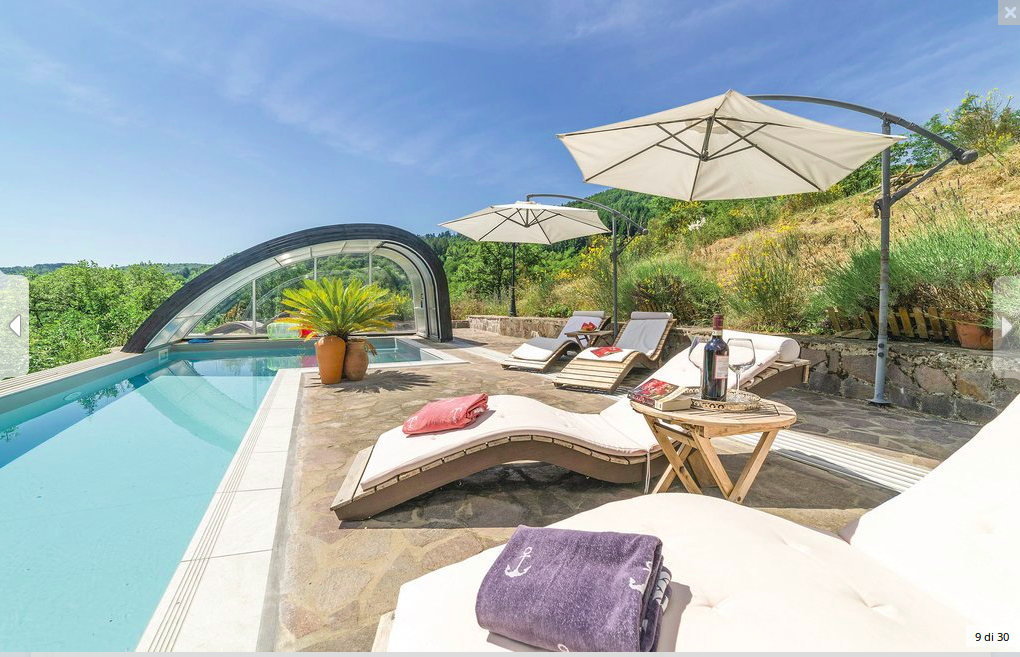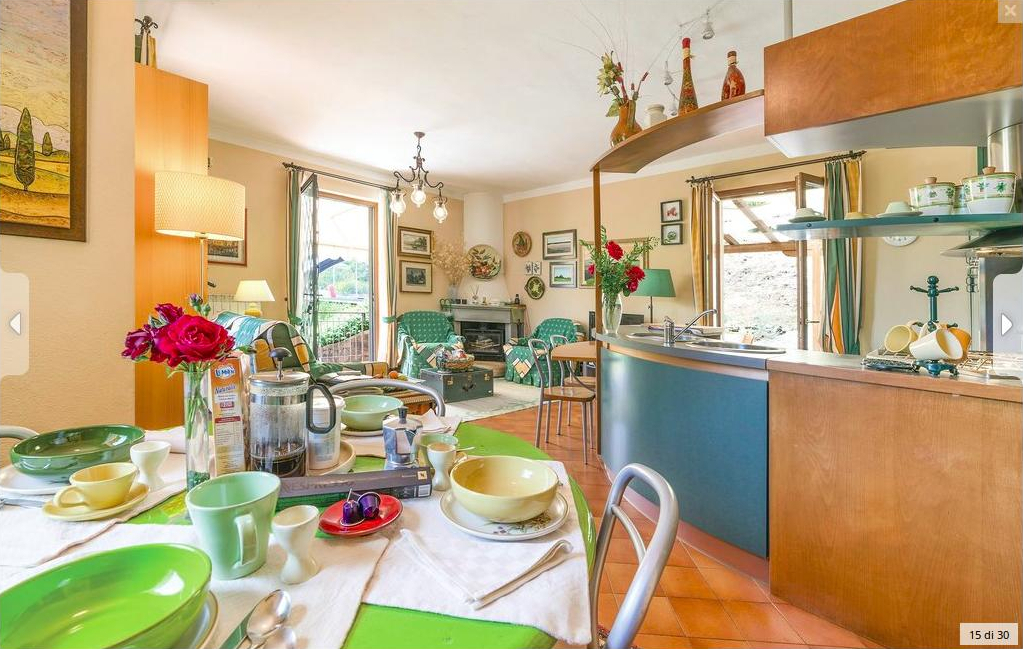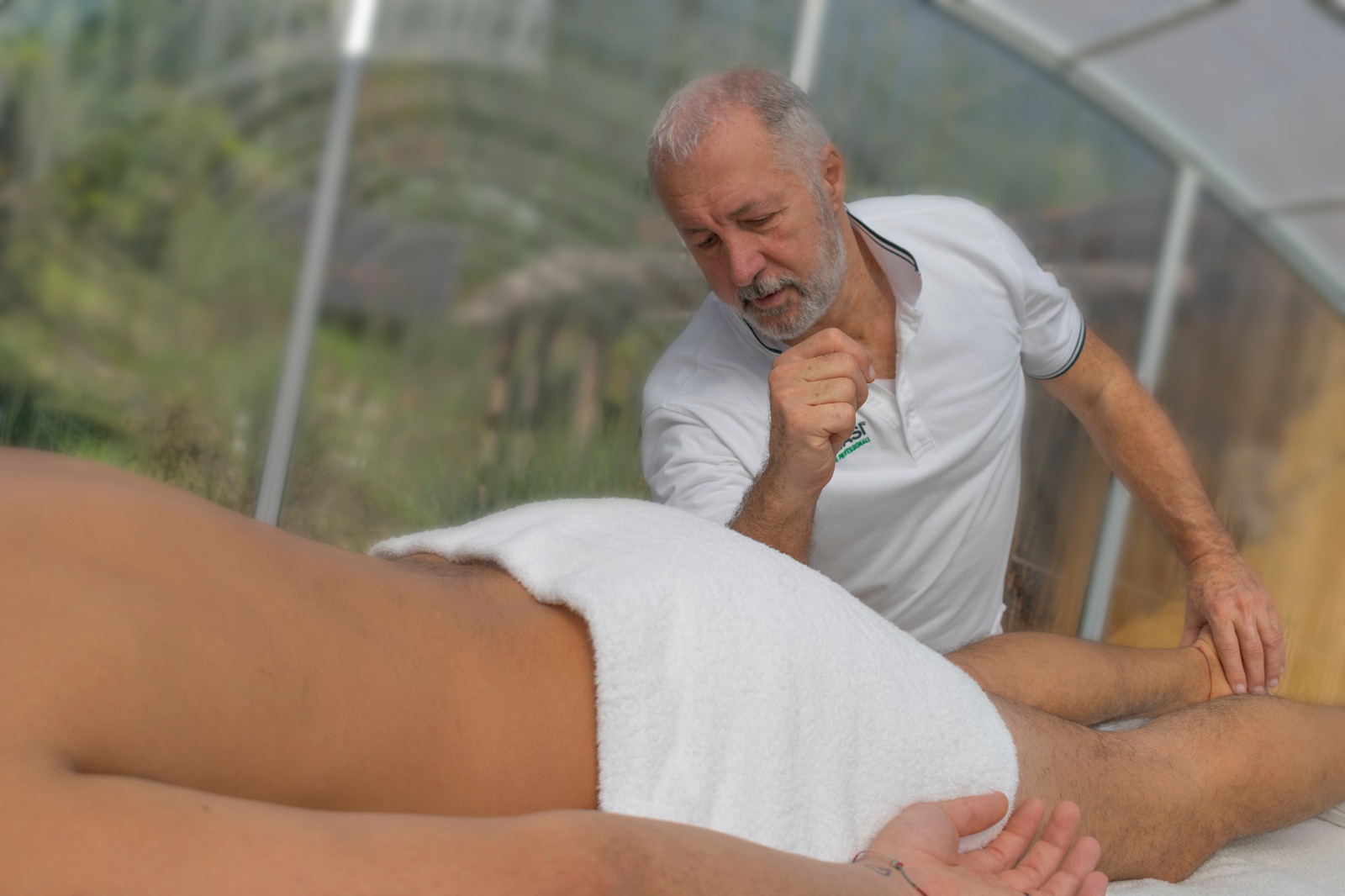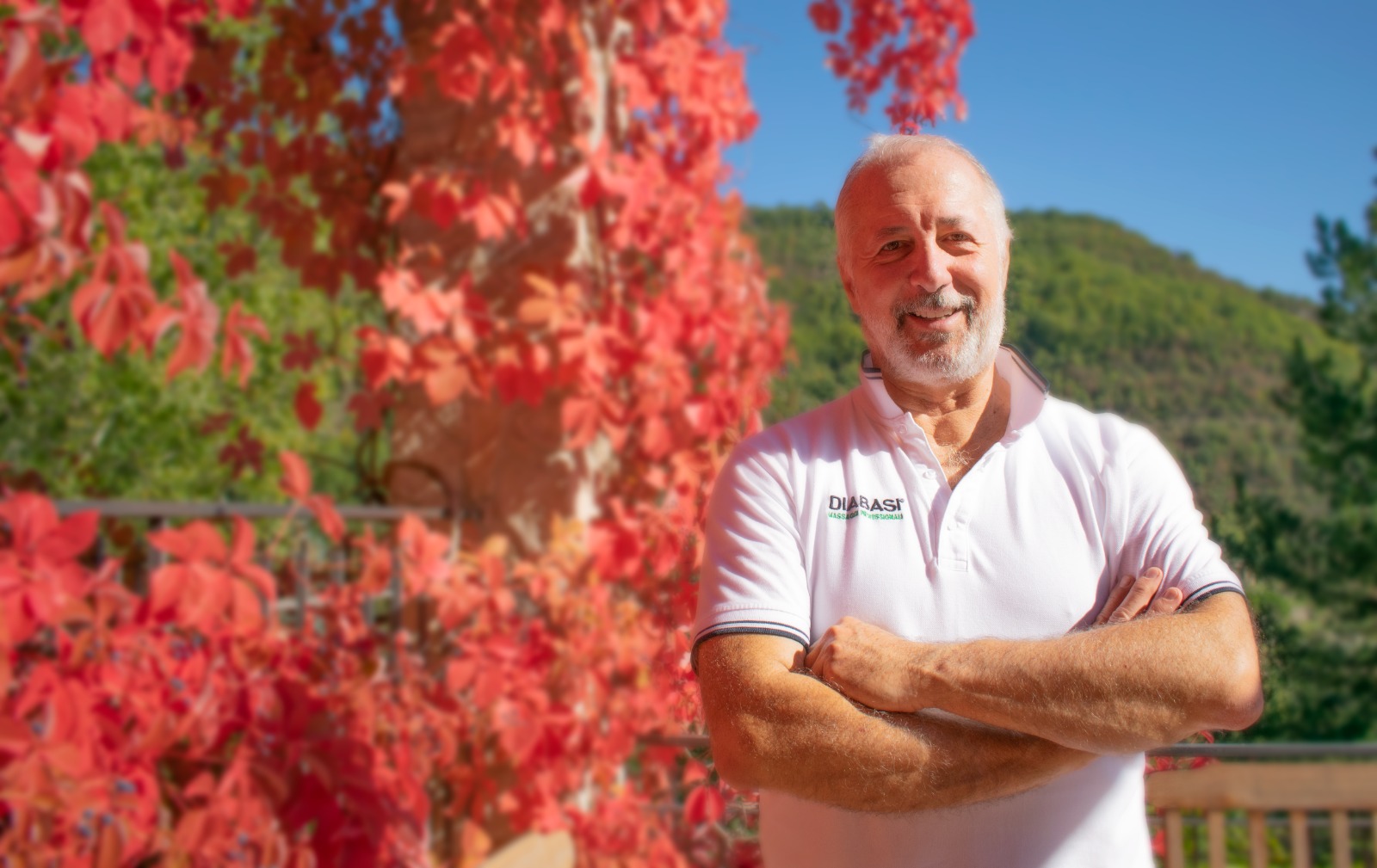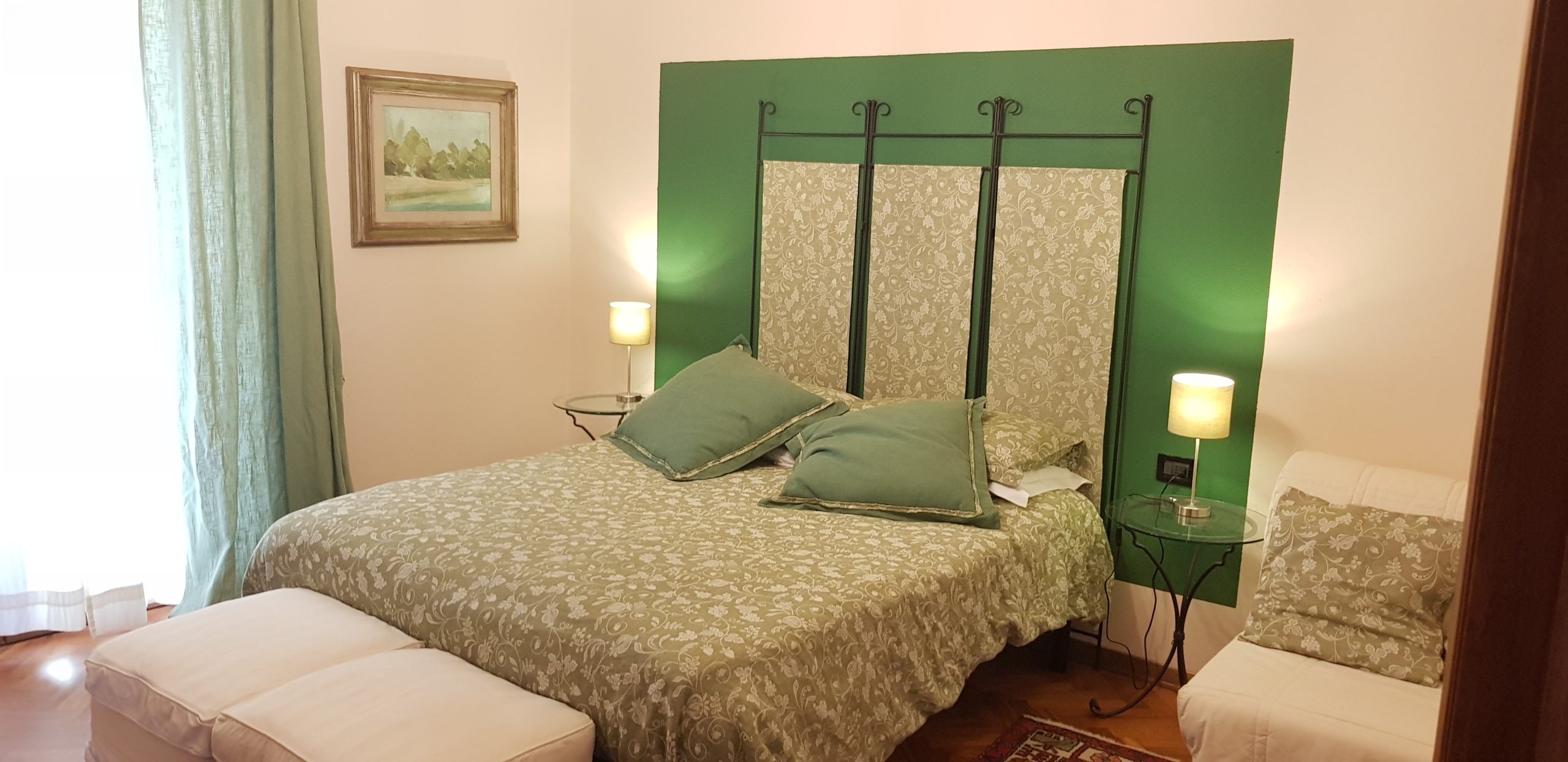Monasteries
Conte Maldolo of Arezzo granted this territory to the pious Romualdo monk, whereby the name (Ca ‘Maldoli, Camàldoli) used both for the monastery at 816 and for the hermitage above 1104, the two nuclei Of the mother house of the Camaldolese monks, and finally for the solemn forest that envelops them of centuries-old fir trees, horse chestnuts, limes, sycamores, poplars, treuli, hazelnuts, oak and oak trees. It is on the eastern slope of .
The Monastery, founded in 980 by Count Maldolo, resident in Arezzo, was donated to San Romualdo, originally from Ravenna. The Saint brought together some disciples and gave birth to one of the most important cenacles of the monastic life of Christianity, the official seat still today of the congregation of the Camaldolesi. Drove to complete the Hermitage, which rises a few kilometers higher, the Monastery has gradually magnified itself over the centuries. It continues to be the prestigious venue of a very important and very active religious and cultural center. It was the seat of a Humanistic Academy in the 400th, where Lorenzo the Magnificent and Leon Battista Alberti participated. The monks who live in the Monastery closely follow the contemporary social reality, in keeping with the spirit of their founder, in a continuous work of spiritual research and updating over contemporary social and political issues. The sixteenth-century monastery rises to 818 m high, surrounded by the forest of chestnut trees, larches and larch trees, at the active springs that have given their name to the place on the banks of one of the two branches of the Archangel sung by Dante in Purgatory.
It has very sober lines and is collected around a cloister with two bows of all rounds. . The refectory (1609) is characterized by incipient Tuscan mannerism, with tables and stalks in the walnut-like stem, as well as on the back wall a large canvas of Pomarancio (1611), two frescoes by Lorenzo Lippi and the wooden coffered ceiling. The Church (1775) has five painted Vasari paintings of rare beauty. In the same period and the same shop are the monastic chorus, the walnut furniture of the sacristy and the chapter chapter. The monks had built in 1046 a hospital, closed during Napoleonic suppression (1810), where the locals and pilgrims were treated free of charge. The contiguous pharmacy (1503) is still operating. In the ancient galenic laboratory where the herbs and spices were prepared for the preparation of the medicinal products, there are stillles, mortars, stoves, vases and beautiful carved walnut shelves (1543). In the library, open to consultation, more than 30,000 precious volumes are collected. The attention and dialogue of the monastic community by the brothers in the same faith have extended to the brothers of other confessions, in the ecumenical spirit of the universal Church. The meetings are marked by privileged moments: the Eucharist, the community reflection on God’s word, prayer of the times, praise, singing and community worship, and the celebration of the Mass. All religious moments to which the faithful can take part. There are weeks of spiritual exercises and of Lectio Divina. They are celebrated in common with the Hermitage and concern: San Gregorio Magno (March 12 and September 3), San Benedetto (21 March and 11 July), San Romualdo (19 June), Transfiguration Feast (6 August). There are weeks of study (weeks of Camaldoli) of a religious nature, not involving young people and researchers, in interreligious and social dialogue between Jews, Muslims, Buddhists, Christians and lay people. Concerts of classical and sacred music. The large guest house (200 beds in bedrooms with bathroom) is seen as a welcoming house for concrete charity service to offer everyone the opportunity to listen carefully to the word of God and to engage in prayer. Large is the production of liquor, honey, herbal tea, chocolate, candy, cosmetics, jams, dried porcini mushrooms.
The refectory (1609) is characterized by incipient Tuscan mannerism, with tables and stalks in the walnut-like stem, as well as on the back wall a large canvas of Pomarancio (1611), two frescoes by Lorenzo Lippi and the wooden coffered ceiling. The Church (1775) has five painted Vasari paintings of rare beauty. In the same period and the same shop are the monastic chorus, the walnut furniture of the sacristy and the chapter chapter. The monks had built in 1046 a hospital, closed during Napoleonic suppression (1810), where the locals and pilgrims were treated free of charge. The contiguous pharmacy (1503) is still operating. In the ancient galenic laboratory where the herbs and spices were prepared for the preparation of the medicinal products, there are stillles, mortars, stoves, vases and beautiful carved walnut shelves (1543). In the library, open to consultation, more than 30,000 precious volumes are collected. The attention and dialogue of the monastic community by the brothers in the same faith have extended to the brothers of other confessions, in the ecumenical spirit of the universal Church. The meetings are marked by privileged moments: the Eucharist, the community reflection on God’s word, prayer of the times, praise, singing and community worship, and the celebration of the Mass. All religious moments to which the faithful can take part. There are weeks of spiritual exercises and of Lectio Divina. They are celebrated in common with the Hermitage and concern: San Gregorio Magno (March 12 and September 3), San Benedetto (21 March and 11 July), San Romualdo (19 June), Transfiguration Feast (6 August). There are weeks of study (weeks of Camaldoli) of a religious nature, not involving young people and researchers, in interreligious and social dialogue between Jews, Muslims, Buddhists, Christians and lay people. Concerts of classical and sacred music. The large guest house (200 beds in bedrooms with bathroom) is seen as a welcoming house for concrete charity service to offer everyone the opportunity to listen carefully to the word of God and to engage in prayer. Large is the production of liquor, honey, herbal tea, chocolate, candy, cosmetics, jams, dried porcini mushrooms.
The hermitage 
From the Camaldoli Monastery there are two steep paved roads leading to the Hermitage. The pedestrian path rises among the fir and beech forest up to 1111 m high. Along this there are: the Chapel of Our Lady of Snow, that of San Romualdo, the three crosses that mirror in a tiny pond excavated (first half of the 15th century) for the cultivation of fish. The Hermitage was founded by San Romualdo (1012), who built up, together with a few disciples, five cells (of which there are still three) and a small oratory. Subsequently, the number of cells grew (today there are 20 in five rows, each with its front horticulture) and the oratory was replaced by the Church of the Savior, restored in the 17th century. The solitary Hermitage, up to the middle of the 11th century, by Blessed Rodolfo, was the center of a vast hermitic-monastic movement from which originated the Camaldolese congregation which favored, inter alia, the reclamation of the area, Forestry and wool industry. Under the suppression of 1810 and 1866, like the underlying Monastery, he was subjected to spoliation. The church of San Salvatore, with a turn-over plan, with a 18th-century façade and is decorated with paintings and frescoes of the time. From the Transetto you reach the Chapel of St. Anthony with a shovel by Andrea della Robbia, at the chorus of monks with stalls of the fourteenth century, at the chapter (16th century) with a canvas by the divisionist painter Andrea Mussini (1915) Blessed Sacrament. In the sacristy there is a canvas of the school of Guido Reni (17th century). The library (1620) has rare incunabula, historical liturgical codes and a vast collection of microfilms reproducing texts in the history of the congregation. The present hermits live in as many unrecognizable cells, while the cell of the hermit is open to the public, where the Holy Founder lived, which consists of the others, of a one-story building,con orticello antistante cinto da mura, portichetto, vestibolo, camera, studiolo, oratorio, legnaia e bagno.  In the Church the monks gather in prayer four times a day, and the faithful may also be present. Periodic meetings, under the aegis of a priori, for verifying the path of faith. Ecclesial and cultural animation, always with the guests, the same as the Monastery of Camaldoli, celebrated in common. After the Vatican Council according to the Camaldolese community, it has also developed here the traditional commitment to ecumenical and interreligious hospitality. The welcome to the Hermitage tends to the personal encounter of verification and guidance. There is also the possibility of self-management for small groups. The guest shares the community times of prayer, meal, and work. The small guest house can accommodate about 15 people (men). Services are in common, closed at 22. Production of honey, herbal teas, beauty creams, jams.
In the Church the monks gather in prayer four times a day, and the faithful may also be present. Periodic meetings, under the aegis of a priori, for verifying the path of faith. Ecclesial and cultural animation, always with the guests, the same as the Monastery of Camaldoli, celebrated in common. After the Vatican Council according to the Camaldolese community, it has also developed here the traditional commitment to ecumenical and interreligious hospitality. The welcome to the Hermitage tends to the personal encounter of verification and guidance. There is also the possibility of self-management for small groups. The guest shares the community times of prayer, meal, and work. The small guest house can accommodate about 15 people (men). Services are in common, closed at 22. Production of honey, herbal teas, beauty creams, jams.





